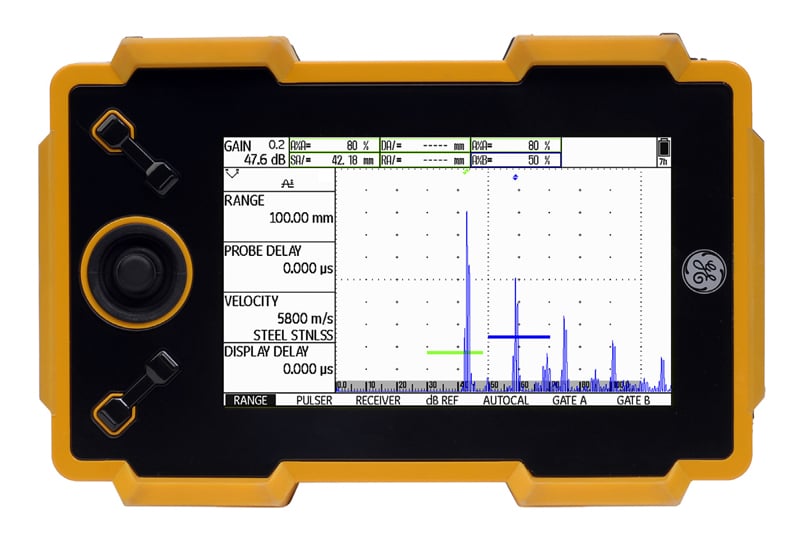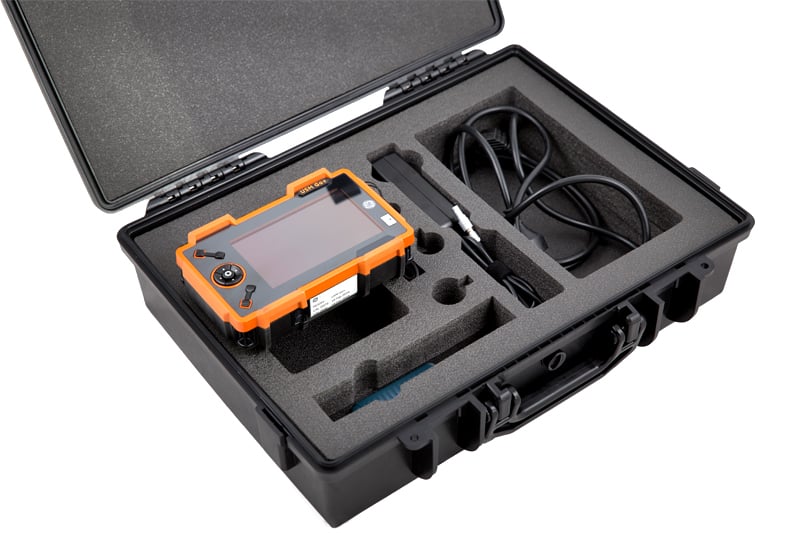Is Your Application FIT For Ultrasound?

Asset failure is a reality. However much we’d like to be able to count on 100% uptime and zero shutdowns, the fact is that failures happen.
But there’s another reality. The use of appropriate technology for condition monitoring of assets makes it possible to predict failures and plan for them as well as minimise the impact that any failure or defect may have.
And that’s where ultrasound comes in.
Ultrasound is a hugely versatile conditioning monitoring technology which uses a high frequency, shortwave signal to identify defects in machines when those defects produce Friction, Impacting or Turbulence (or a combination of these phenomena) – the acronym for which is FIT.
Many operations follow a process called Failure Mode and Effect Analysis (FMEA) which is a structured in-depth investigative process to establish what, where, when and how things could go wrong with a process as to how the impacts of these can be minimised.
If Friction, Impacts or Turbulence present as possible failure modes, then ultrasound is the go-to technology for detecting them. It is straightforward, easy to use and provides a reliable early warning of failures such as compressed air leaks, a lack of lubrication, over lubrication, bent shafts, electrical defects, faulty steam traps and so on.
The development of more advanced digital ultrasound devices provide additional capabilities such as viewing decibel levels, data logging, data analysis and trending through specialised customisable software – and despite their level of sophistication, they are still easy to use.

The USM Go+ ultrasonic flaw detector offers you the performance and features of a tabletop ultrasonic detector in a small, ultra-portable handheld instrument weighing less than 2 pounds (907 grams) for maximum portability in the eld. Its ergonomic design, useful features and big performance are the result of carefully listening to the experience of the people in the eld who, through their everyday practice, know best what it takes to do a good job.
So let’s look at whether your application is FIT for ultrasound.
A good way of doing this is to use the simple example of compressed air leaks which are a significant waste of energy. Most would agree with the commonly-used statistic that if plants don’t have a reliable leak detection programme, they stand to lose between 25-40% of the air they generate – a costly waste.
What would you do if you were tasked with finding compressed air leaks in your factory?
In all likelihood, the noise from the machinery would prevent you from hearing the rush of an air leak. So, would you wave strips of tissue paper around the pipes and machines, looking for spots where the tissue is sucked towards the leak? Would you run your hand along the pipes, feeling for the rush of cool air? Would you spray soapy water on the pipe joints and then see if bubbles form? You wouldn’t want to do any of these things – and nor would you want to wait for a shutdown to find that you had an air leak problem.
To establish whether a compressed air leak could be detected by ultrasound – you need to consider whether that particular application is FIT. In other words, would a compressed air leak produce Friction, Impacting or Turbulence? Because of the difference in pressure on either side of the compressed air line, a leak would produce turbulent flow which means the answer to that question is clearly ‘yes’.
And because that application is FIT, it’s a job for ultrasound.
To find out more about ultrasonic flaw detection equipment and how it can benefit your operation, get in touch with Nexxis. We are a leading technical equipment supplier in Perth and offer an extensive range of ultrasound testing tools which provide unmatched capabilities for quickly and accurately detecting, locating and sizing defects in industrial applications. Browse our range of ultrasonic equipment here or contact us to discuss a tailor-made NDT solution for your operation.
